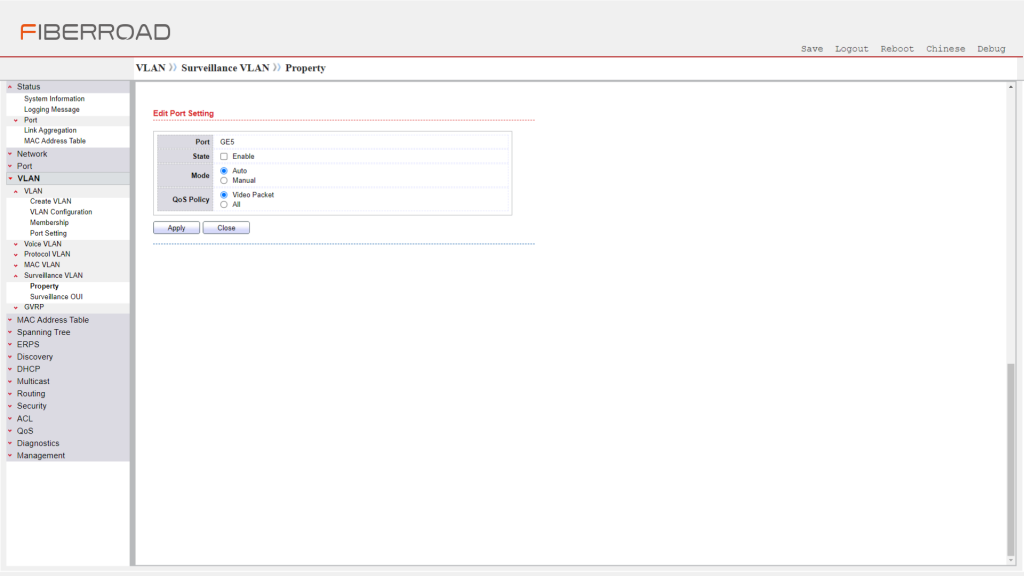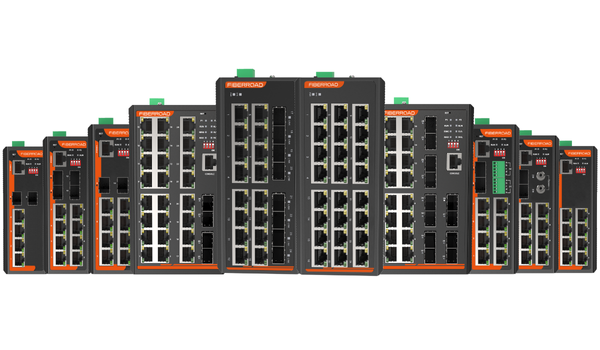
Many video surveillance system integrators assume that IP surveillance networks should be separate and distinct from data and voice networks. The cost of having a separate, distinct video surveillance system is high. Physical resources such as cabling and networking equipment are more expensive than digital resources, so managing and maintaining two different networks is more complex. Indeed, integrators believe that independent networks are the only way to meet two essential requirements:
- Cybersecurity: Only authorized users will have access to video surveillance traffic and unwanted users will be evicted.
- Bandwidth Allocability: A dedicated network ensures bandwidth will always be reserved for surveillance traffic where necessary. Security integrators are often unaware that VLAN technology can realize the same security and bandwidth requirements on one common network.
What is a Surveillance VLAN?
A Surveillance VLAN is a virtual local area network built specifically for the user’s video data streams, assuring the integrity of video traffic when it is broadcast with other traffic. That is to say, if other services (data, voice, etc.) are simultaneously delivered, a surveillance VLAN will be prioritized and broadcast with a higher forwarding priority in both Security and Bandwidth Availability.
How Does Surveillance VLAN Work?
You can first identify surveillance video data streams in two ways: One is by identifying the source MAC addresses of the received packets (MAC address-based mode), and the other is by identifying the received packets’ VLAN tags (VLAN-based mode).

A network switch can determine whether a data stream is a surveillance video stream based on the source MAC address in the data packet. As shown in the picture below, after receiving a packet from a PC and a Video Surveillance Camera, the switch will either add a tag for the surveillance VLAN to the packet and increase its priority if the source MAC address matches the configured OUI, or add a tag for the PVID and leave the packet un-prioritized if it doesn’t match.
What Can We Benefit From Surveillance VLAN?
- When multiple VLANs are configured and trunked on the uplinks with 802.1Q on a network switch, it ensures that your Video Data (Video over Ethernet) devices do not have to deal directly with all the broadcasts and other traffic from the data VLAN.
- A Surveillance VLAN can simplify network configuration in some circumstances by making it easier to mark packets for QoS and configure TFTP and DHCP services for IP Cameras.
- Thirdly, a Surveillance VLAN can be used to prioritize different video services by assigning them a high priority.
How to Configure Surveillance VLAN via Fiberroad Network Switch?
In the VLAN-based mode, there are two main steps to configure:
1. Create a VLAN on the Industrial Ethernet Switch and add interfaces to the VLAN to implement Layer 2 interworking.
2. Configure a VLAN as the voice VLAN and use the VLAN-based voice VLAN.

In the MAC address-based mode, there are three main steps to configure:
1. Create a VLAN on the Industrial PoE Switch and add interfaces to the VLAN to implement Layer 2 interworking.
2. Configure the OUI(Organizationally Unique Identifier) to match the source MAC address of the received packet.
3. Configure the surveillance VLAN function on the interface.







